Release date: 2016-09-07
Recently, scientists in Ireland have developed a new technology that can print complex large cartilage implants in 3D, which can form a scaffold for bone regeneration. The team from the Center for Advanced Materials and Bioengineering Research (AMBER) in Dublin hopes to use this technology for the next generation of hip and knee implants.
Scientists, this study will have a profound impact on patients with severe spinal, jaw or skull problems, and it will be used in a wide range of applications, from general injuries to cancer and even congenital defects.
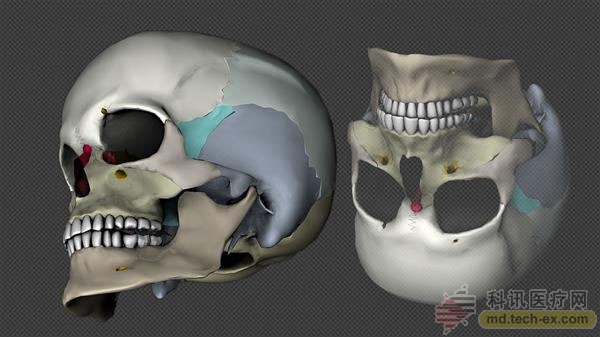
Fundamentally, this new technology basically uses 3D of biomaterials and stem cells to print out the template of the implant, which then develops into vascularized bone tissue under the skin.
“This is a completely new approach to tissue and organ engineering, and we are very excited.†Daniel Kelly, head of the study, said the AMBER Center is part of Dublin Trinity College. The research was published in the journal Advanced Healthcare Materials, entitled "3D Printing of Developmentally Inspired Templates for Whole Bone Organ Engineering"

It is reported that more than 2.2 million people worldwide need some form of bone transplantation every year. Now, there are two best ways to bone graft, either autologous, that is, taking bone from other parts of the patient's body for implantation, or using allogeneic transplantation, that is, using bones donated by others. Both methods have their own flaws.
Other methods include metal implants, such as titanium implants tailored to recent 3D printing, which are becoming more popular. Many surgeons have used titanium for relatively large implants, including replacing the entire chin. Others are trying to use cartilage or bioglass as a scaffold to stimulate bone regeneration.
But this new study in New Zealand goes far beyond the practice of titanium implants, which actually use our own tissue to repair bones. This will be a qualitative leap.
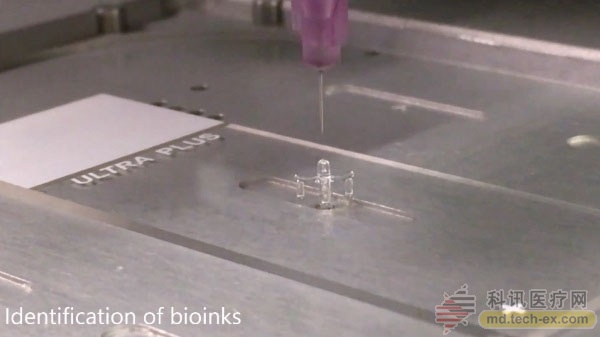
It is understood that the methods used by AMBER researchers include the use of 3D bioprinting technology to create cartilage templates that have been shown to assist in the growth of bone organs. The AMBER team used 3D bioprinting technology to deposit different biomaterials and adult stem cells to create a cartilage template that matched the shape of the inner segment of the spine, and then implanted the template under the skin, where the templates developed over time with a template The fully functional bone organ of the blood vessel, this process is the same as the development of the body's own bones.
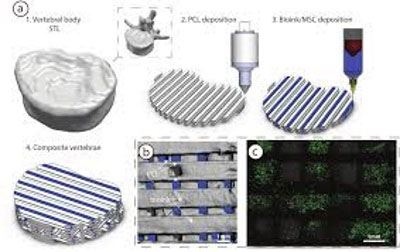
“Although this technology has been used to develop relatively simple tissues such as skin, blood vessels and cartilage, it is still far beyond the existing biotechnology to develop more complex physical organs with blood vessels, such as bones. Ability," he said.
"Our research provides real hope for patients with complex bone trauma and large bone defects due to tumor resection in the future. In addition, this biological method can also be used to develop the next generation of biological implants, For knee and hip replacement."
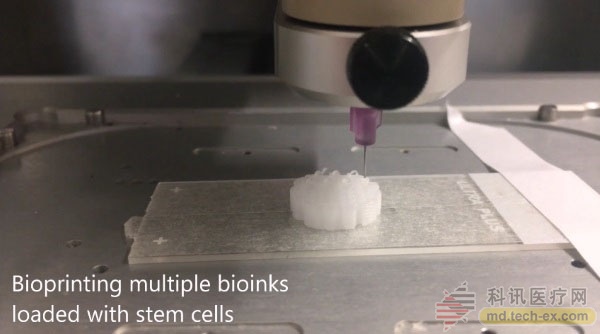
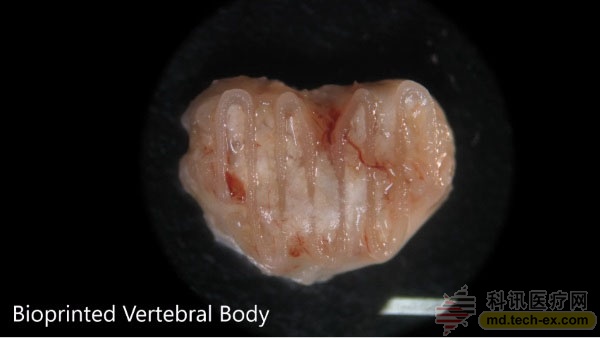
“The next phase of our study aims to treat large segmental bone defects and then incorporate the technology into a new program to bioprint new knees.â€
If AMBER finds a viable bioprinting solution, it is just one of many discoveries that the research center has been studying to change the rules of the game. For example, last month they disclosed a study on nanowires. The material can be used in 3D printing to create a new type of bismuth tin alloy that will increase the efficiency of the next generation of smartphones by a factor of 125.
In addition, AMBER is also researching smaller, more efficient batteries that can be recharged in minutes using nanotechnology and 3D printing. Professor Valeria Nicolosi led the project and recently received a €2.5 million research grant from the European Research Council (ERC). AMBER is fast becoming one of the most eye-catching research institutions in the world of 3D printing.
(Compiled from 3Ders.org)
Source: Tiangongshe
infrared thermometer for humans,medical infrared thermometer,gun thermometers for medical: thermometers :best infrared thermometer
Shenzhen Urion Technology Co., Ltd. , https://www.urionhealth.com